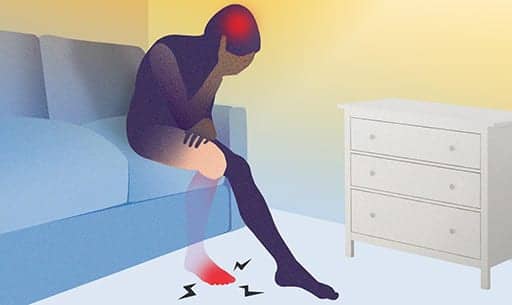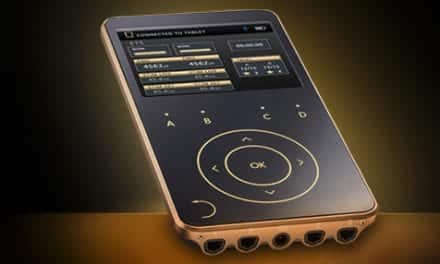
People who experience phantom limb pain describe a variety of sensations, from burning, aching, and throbbing to crushing and shooting pain. (Image courtesy of Yen Strandqvist/Chalmers University of Technology)
Max Ortiz Catalan, associate professor at Chalmers University of Technology, Sweden, suggests a theory he terms “stochastic entanglement” to describe phantom limb pain.
After an amputation, he proposes, neural circuitry related to the missing limb loses its role and becomes susceptible to entanglement with other neural networks—in this case, the network responsible for pain perception.
“Imagine you lose your hand. That leaves a big chunk of ‘real estate’ in your brain, and in your nervous system as a whole, without a job. It stops processing any sensory input, it stops producing any motor output to move the hand. It goes idle—but not silent,” he explains, in a media release from Chalmers University of Technology.
“Normally, sporadic synchronized firing wouldn’t be a big deal, because it’s just part of the background noise, and it won’t stand out,” he continues. “But in patients with a missing limb, such event could stand out when little else is going on at the same time. This can result in a surprising, emotionally charged experience—to feel pain in a part of the body you don’t have. Such a remarkable sensation could reinforce a neural connection, make it stick out, and help establish an undesirable link.”
In a new study, published in Frontiers of Neurology, Catalan examine how this theory can explain the effectiveness of Phantom Motor Execution (PME), a treatment method he previously developed, per the release.
During PME treatment, electrodes attached to the patient’s residual limb pick up electrical signals intended for the missing limb, which are then translated through AI algorithms, into movements of a virtual limb in real time. The patients see themselves on a screen, with a digitally rendered limb in place of their missing one, and can then control it just as if it were their own biological limb. This allows the patient to stimulate and reactivate those dormant areas of the brain, the release explains.
“The patients can start reusing those areas of brain that had gone idle. Making use of that circuitry helps to weaken and disconnect the entanglement to the pain network. It’s a kind of ‘inverse Hebb’s law’—the more those neurons fire apart, the weaker their connection. Or, it can be used preventatively, to protect against the formation of those links in the first place,” he says.
[Source(s): Chalmers University of Technology, EurekAlert]




